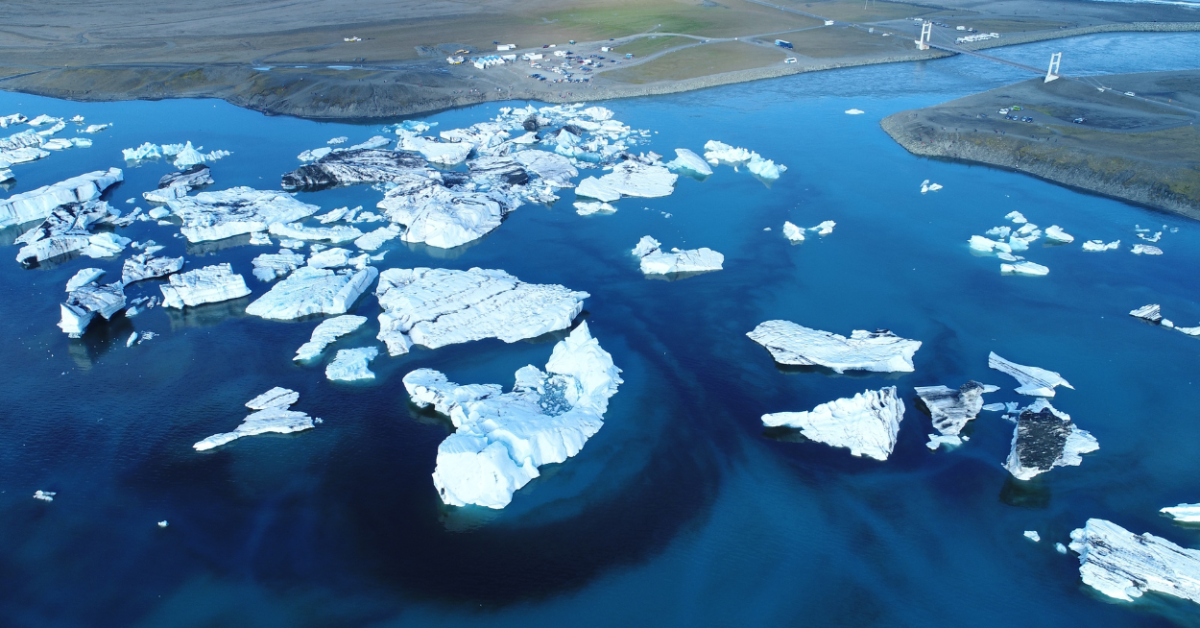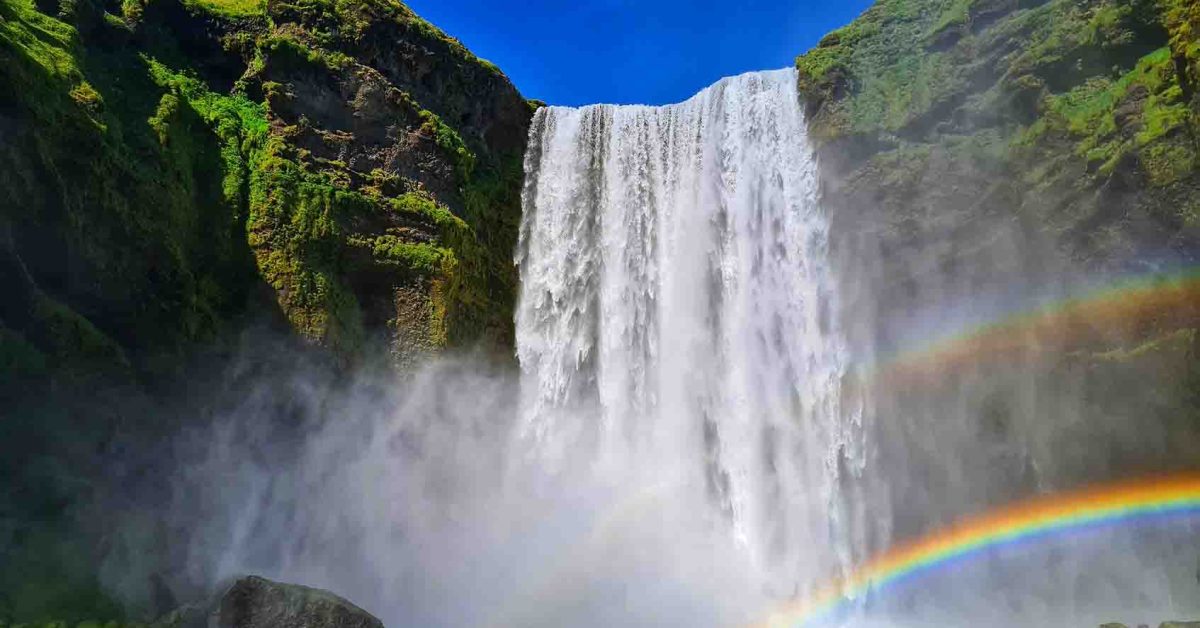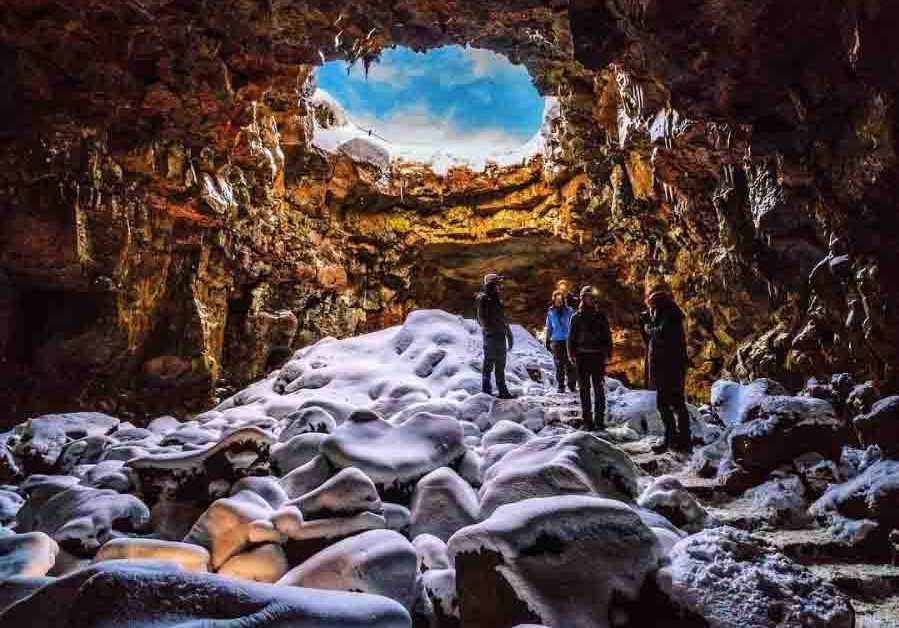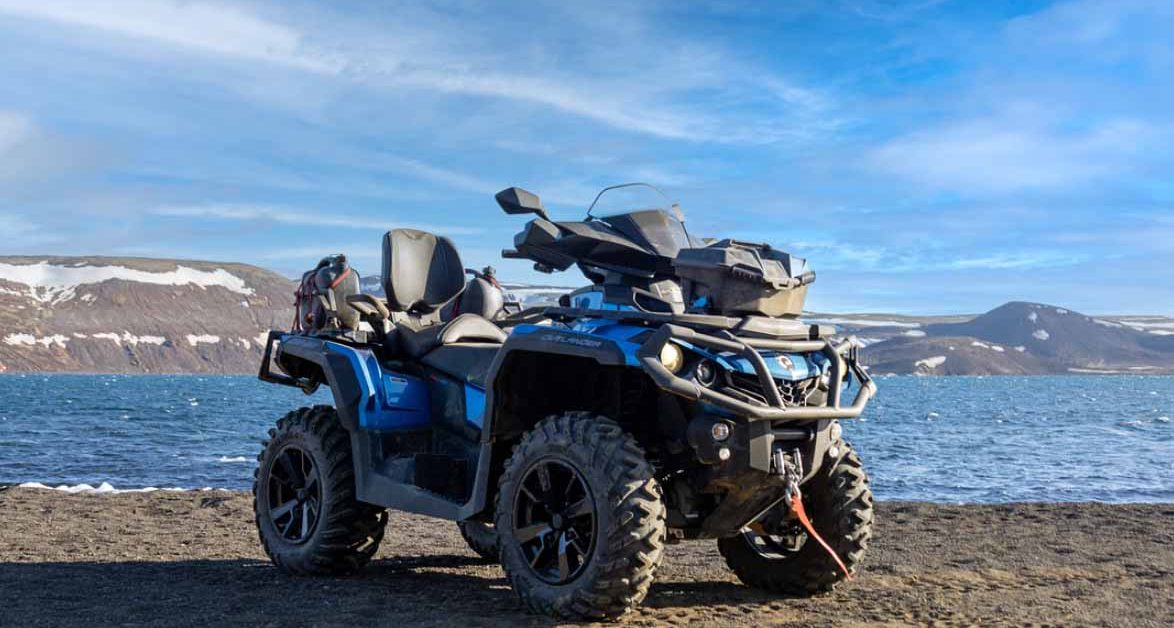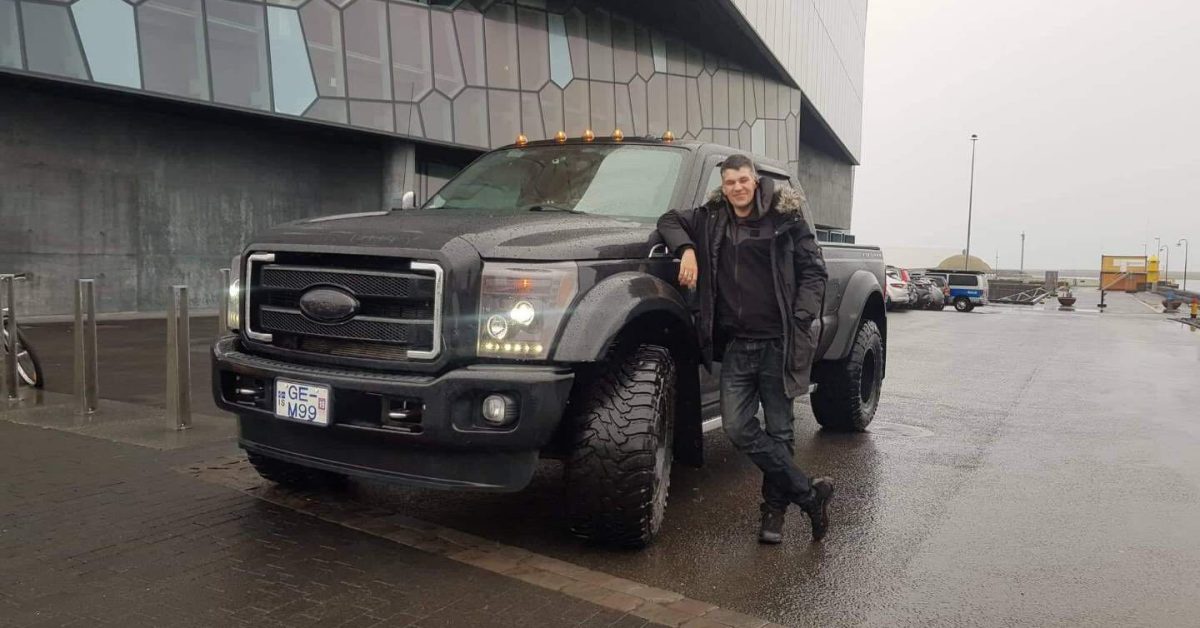Meradalir eruption - the hottest subject of the moment
After the most exciting and popular event in 2021, the eruption of the Fagradalsfjall volcano in Reykjanes peninsula, Iceland faces a new eruption in the same area.
Fagradalsfjall volcano was active for almost seven months from the 19th of March 2021 until the end of September 2021 when after days without any lava flows on the surface, scientists decided to declare the volcano inactive.
But later that month, a new earthquake happened in the northern part of the first dike that formed before the eruption of Fagradalfjall.

This earthquake made the scientists research the area again and they found out that a new dike formed over the old one but magma has not reached the surface.
Almost one year after this event, on the 3rd of August 2022, a new fissure opened in the Geldingadalir area and this time the eruption looked unbelievable.
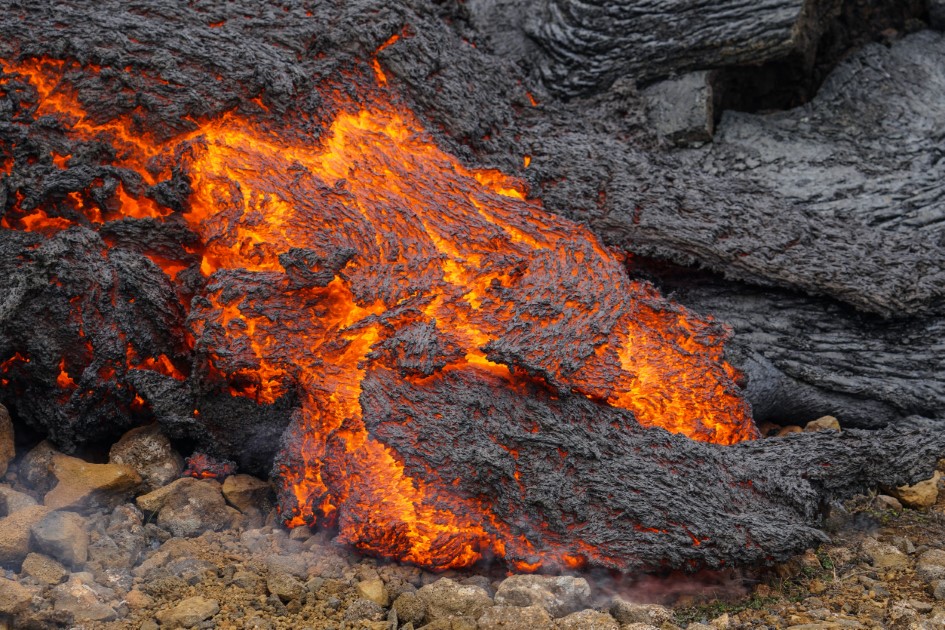
Guidelines for visiting the new eruption
Even if the Icelandic authorities have mobilised quickly and created hiking trails that will take you safely to see the eruption, there are still things that can put you in danger.
The volcanic gases can not be controlled and they are dangerous, especially on calm days when there is no wind. Also, people are advised to not take kids or pets to the eruption site due to gas pollution that may affect them badly.
Another thing that you should always be aware of in Iceland is the weather. Especially if you plan to hike to the volcano, you should check the weather first. The Icelandic authorities are closing the eruption site for visitors when the weather is bad, but you should check that even if they say it is okay to hike.
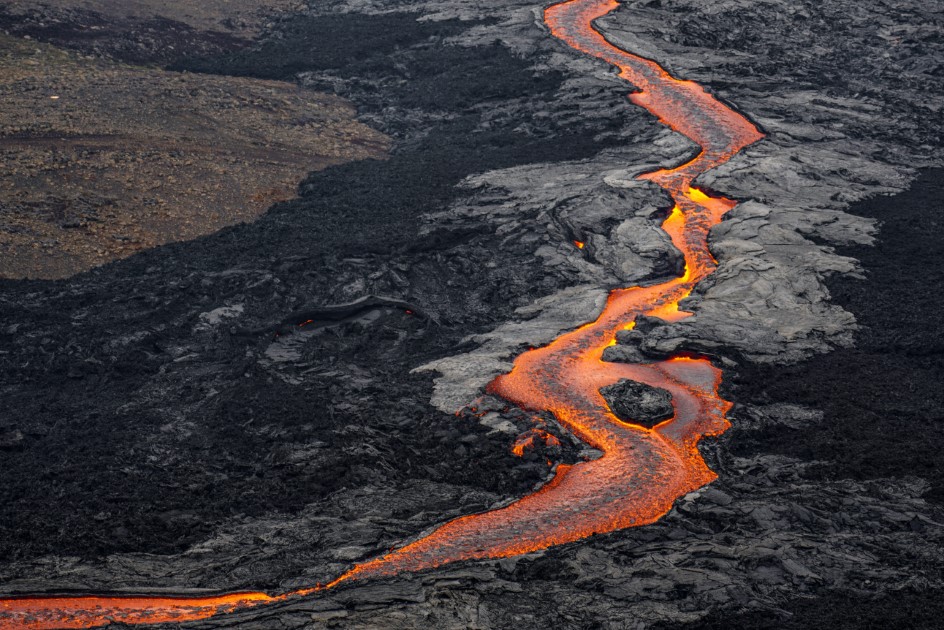
The hike to the volcano is 14 km long so if you feel that your body can not do it, do not do it! It will be better for you and your health. The trails are covered with small volcanic rocks and if you are not stable you better skip this hike.
Also, if you go hiking to the volcano you will need proper clothes and that means sturdy boots, a waterproof jacket and pants, warm layers, water, some snacks, a flashlight, and a phone fully charged (both for photos and in case of emergencies).
Check and follow the recommendations of the rescue teams that are on-site and from the official websites like vedur.is, safetravel.is, government.is.
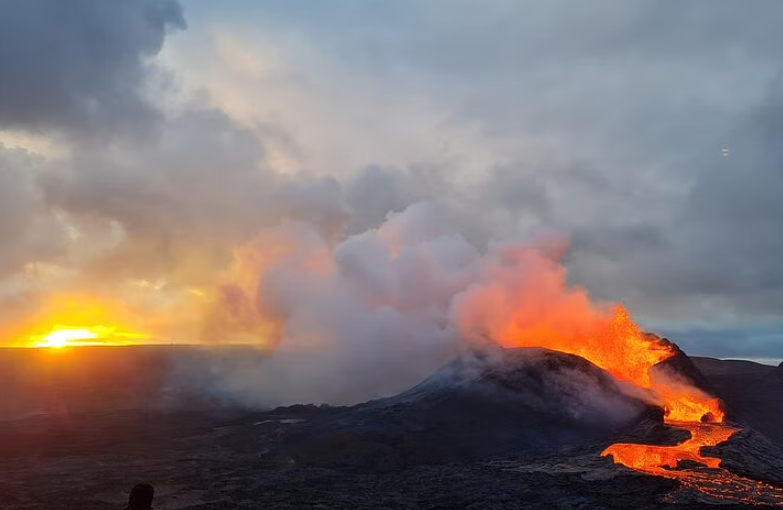
As cool as it might be, do not approach the lava, do not step on what might look like solid lava and do not risk your life for photos. Icelanders and especially the authorities know better than any others how to deal with this and how dangerous it can be. Listen to them!
Do not be afraid. If you are in Iceland or you plan to go to Iceland in the following period, do not be afraid of the volcanic eruption.
If there is something that will put tourists in danger, the Icelandic authorities would take proper measures to keep everyone safe. But yes, in the end, it is your decision if you want to visit Iceland or not during the volcanic eruption.
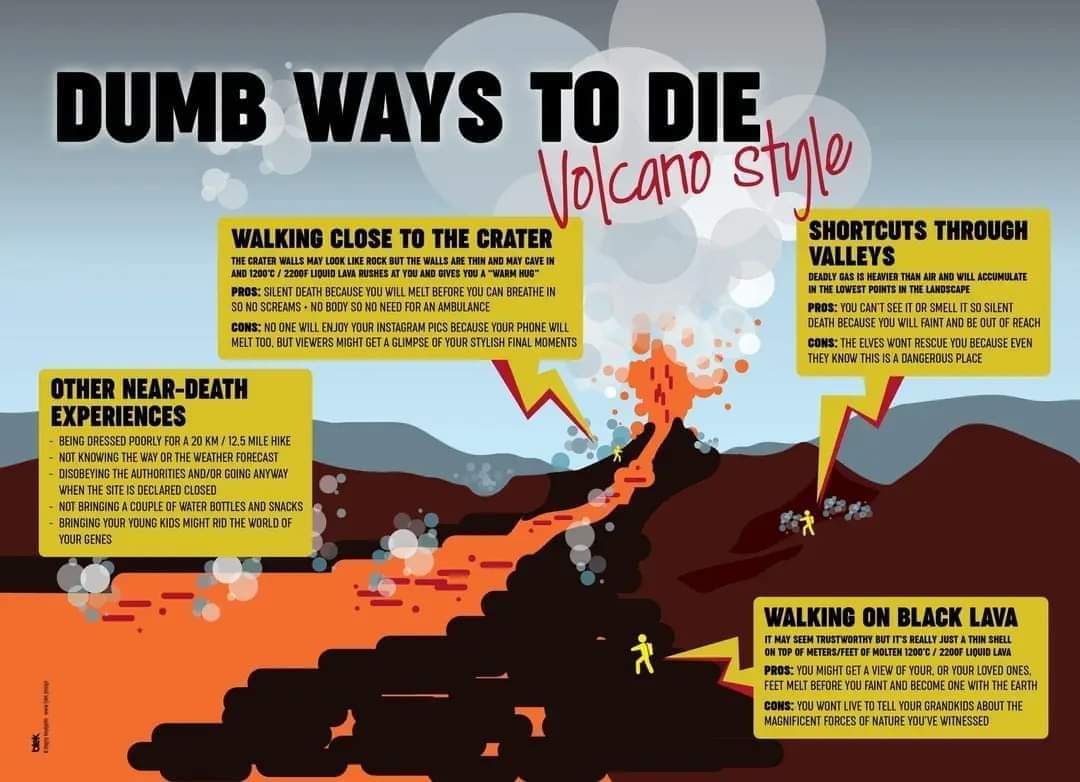
Since August 21st the lava flow has stopped at Meradalir volcano, no lava can be seen at the surface, and there are no other earthquakes.
The eruption was not declared officially over at the moment of writing this blog but in Iceland, you never know what to expect when it comes to volcanic eruptions. The site is still open for tourists who want to hike the volcano.
If there will be future eruptions in Iceland and they can be visited read our guide before going there.













